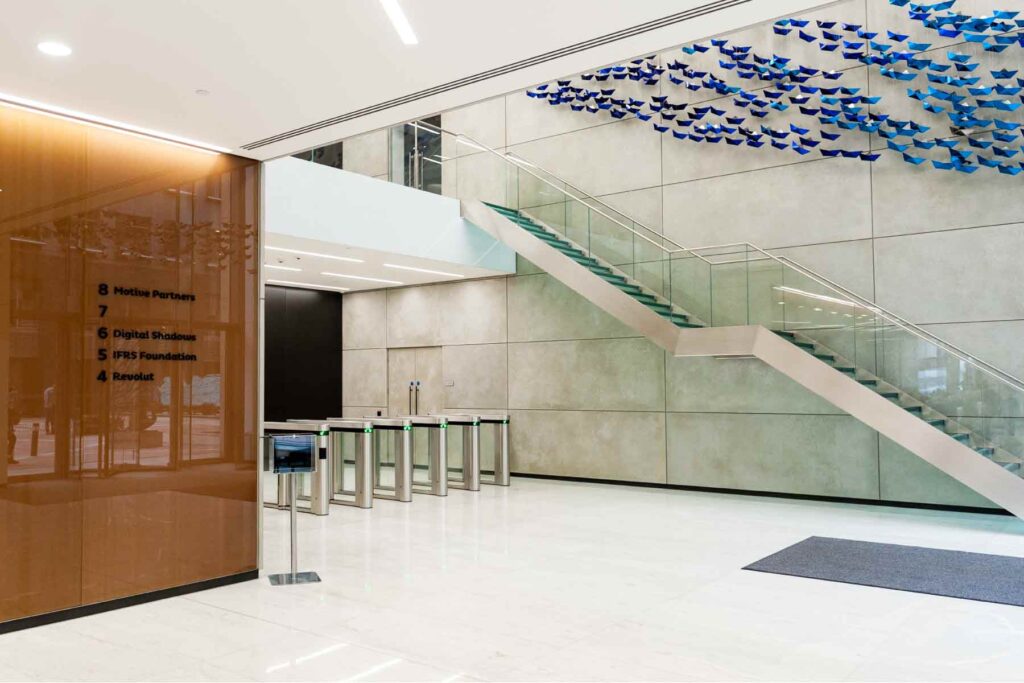When it comes to workplace signage, there are some mandatory colours, such as red for prohibition signs, yellow for warning signs, and blue for compliance signs, but apart from that, you have carte blanche to use whatever colours you like. However, to get the most out of your signs, you need to understand the psychology behind colours and the impressions that they leave on client, customers and even workers.
Consider these, well-established facts about workplace colours; Red can also create a sense of excitement and energy and is a predominate feature in the entertainment industry. Light and pastel blues are often found in financial institutions and hospitals as it creates a strong sense of trust and security. Warm colours – reds, oranges, and bright yellows – promote excitement, passion, and positive thought, while greens are usually thought to create an air of growth, freshness, and fertility. We could go on, but the fact is that colours invoke all manner of feelings in us, and that can be used to your advantage.
Of course, you may be driven up particular colour paths by your corporate colours, but there is no reason why you can’t reduce that to logo level and then have whatever colours that suit your overall psychological message standing out. Let’s look at it like this. Supposing your corporate colour is a rich purple. This is a colour that is associated with creativity, and imagination, but you wouldn’t want too much of it around as it can also be a bit cloying in large doses, and can make an office area seem small and enclosed. In this case, it might be best to leave the corporate colours to your brochures and make something much more friendly for the major part of your colour scheme or signage backgrounds.
Company signs come in a variety of forms but are generally either promotional or wayfaring, and both of these are excellent places to practise colour management. But what kind of scheme should you be looking at? One of the first things to understand is that first impressions count and if you are introducing new people – customers, investors, potential business partners, or even new employees – to your business environment, you want to make the best possible impression.
We can’t advise you on what colours you should use as it’s a purely business decision, but we can tell you about the 60-30-10 rule, which helps with your sign construction. With this rule, you pick the three colours of your corporate suite – or use the colour wheel to find something complimentary to your existing colours – and apply them in your signage in the ratios of 60%, 30% and 10%. In this way, you create impact and draw your viewer to it, and being observed and delivering information is the role of a sign.
Getting the right colours for your corporate signage is hugely important aspect of your business, that helps create a particular mood. If you are unsure about how to deliver your corporate message, or need assistance with your signage, come and chat to use at xsign, and see how we can help.



